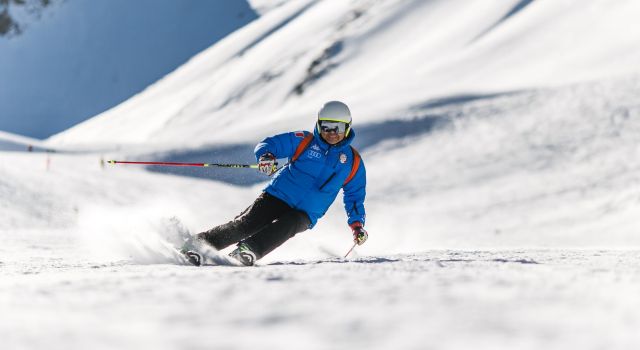 Every year, about 33 million children worldwide sustain a concussion. Even more worrying, children who have already experienced a concussion are at heightened risk of experiencing a second concussion, according to a systematic review and meta-analysis of seven research studies, the British Journal of Sports Medicine reported.
Every year, about 33 million children worldwide sustain a concussion. Even more worrying, children who have already experienced a concussion are at heightened risk of experiencing a second concussion, according to a systematic review and meta-analysis of seven research studies, the British Journal of Sports Medicine reported.
While protective gear and non-contact rules are reducing the incidence of concussions, many coaches, athletes and parents aren’t aware that sports vision training can lower the risk of sustaining a head injury like a concussion by developing an athlete’s visual skills. Find out what sports vision training is and how it can help prevent a concussion.
What is Sports Vision Training?
The goal of sports vision training is to improve the way the eyes communicate with the brain to achieve maximum efficiency while playing sports.
Sports vision training is a customized program created by your optometrist to hone visual skills, including hand-eye coordination, eye tracking, and peripheral vision. By boosting these skills, the brain is able to quickly and efficiently process the messages sent to it by the eyes, and transmit these signals to the body.
Children and adults who cannot accurately gauge the velocity of a ball rushing toward them, or the distance between them and opposing players, are more prone to accidents on the field, resulting in concussions. Sports vision training mitigates this risk by providing athletes of all ages and abilities with the visual skills needed to react quickly. These same skills improve sports performance.
How Does a Concussion Affect Your Vision?
People who sustain a concussion, which is the most common form of brain injury, often experience dizziness, difficulty focusing, headaches and double vision. Sports vision training can help improve your visual skills by focusing on:
- Balance
- Light Sensitivity
- Depth Perception
- Dynamic Visual Acuity
- Eye Tracking
- Focusing
- Hand-Eye or Body-Eye Coordination
- Peripheral Awareness
- Reaction Time
How Can Vision Training Help Prevent a Concussion?
More than 50% of people with concussions (or post-concussion syndrome) experience visual problems like double vision and delayed eye tracking — the same visual skills an athlete needs to play safely and well. It’s not surprising, then, that concussed athletes are at greater risk of experiencing additional head injuries.
Sports vision training involves a personalized regimen of in-office and at-home visual exercises and scenarios to train the eyes, brain and body to work more efficiently, regardless of the sport. Athletes experience improved reaction times, speed and accuracy as a result.
Rather than simply hoping to avoid serious accidents on the field, take action and start a sports vision training program.
To learn more about how sports vision training can help prevent a concussion, or future ones, contact us at to schedule an appointment with one of our sports vision experts.
